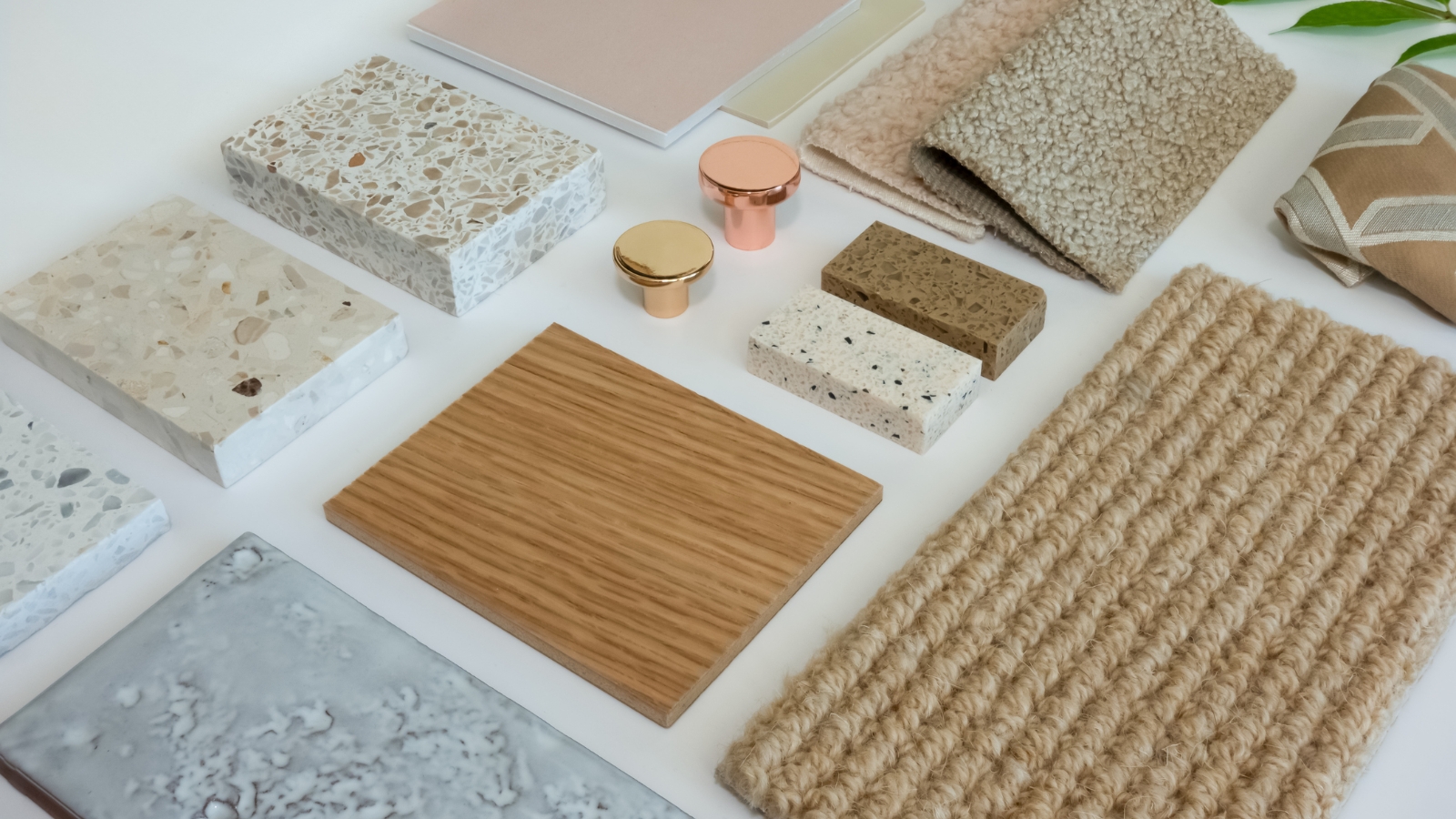Feature article
Homes of earth
With more than 70 rammed-earth builds around New Zealand to its credit, check out Ophir House by Nott Architects.

With more than 70 rammed-earth builds around New Zealand to its credit, Down to Earth Building is one of the most experienced operators in this specific form of highly tactile and textural construction. We spoke to its owner and main craftsman, Jimmy Cotter, about one of the company’s most recent projects, Ophir House by Nott Architects.
Jimmy Cotter of Down to Earth Building has been perfecting the craft of rammed-earth construction for close to 30 years now. The process, he says, involves sets of formwork — ply sheets — held together with pipe clamps. Moist soil — usually from Cardrona — is mixed with a bit of cement then poured into the frames and pounded with a piston rammer.
The fact that the mixture is shovelled into the frames 150mm at a time gives walls beautiful striation — waves of sediment that look organic and handmade. Coloration and architectural design, however, give it an added level of sophistication, which the owners of this Ophir home compare to the work of American architect Rick Joy.
According to Jimmy, the material “ticks all the boxes”, especially when used in such a dry yet drastically cold and pristine environment as Ophir.
“It ranks as one of the lowest carbon footprints, which is something that builders need to understand in this industry … our impacts on the environment.”
Likewise, Jimmy mentions the lack of gib board in New Zealand due to supply chain disruptions and how a stunning material, made from local earth, makes a lot more sense in this current time.
According to Jimmy, local architects are embracing the material with some exceptional wineries, lodges, and more and more homes using the craft.
“The key is for the architect to get the orientation right,” he explains, “to get it north facing so you can really use that beautiful sun to heat the walls up in the winter and then keep them nice and cold in the summer.
“These walls breathe. There’s no condensation, there’s no mould … and it is just so lovely to live in.
“Every day you see something different,” he says, when describing what it is like to live surrounded by rammed earth and its inherent variations or those brought about by the movement of the sun.
“They’re not just like a white painted wall. Depending on the design, they can be modern or rustic … and they just look like they’ve been there forever.”
The interior of Ophir House allows the beautiful striations of the rammed earth walls to become a natural feature.
This article was originally published on homemagazine.nz
Author
Other articles you might like








